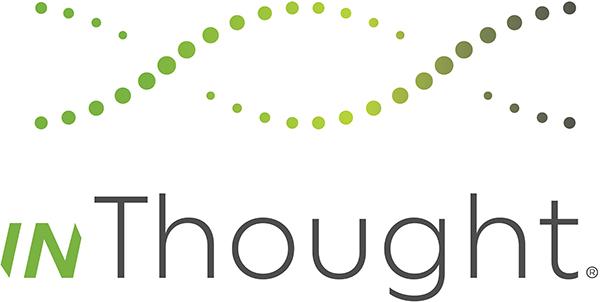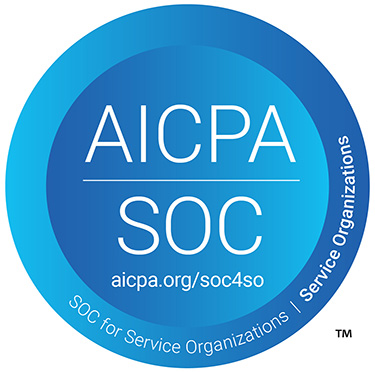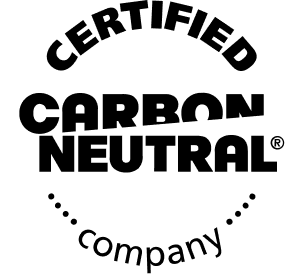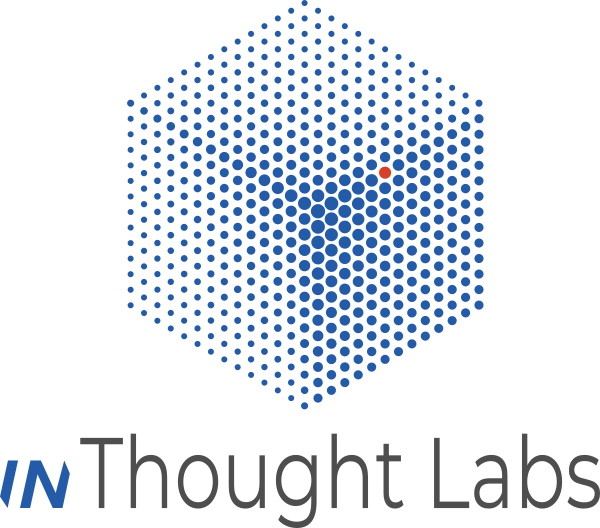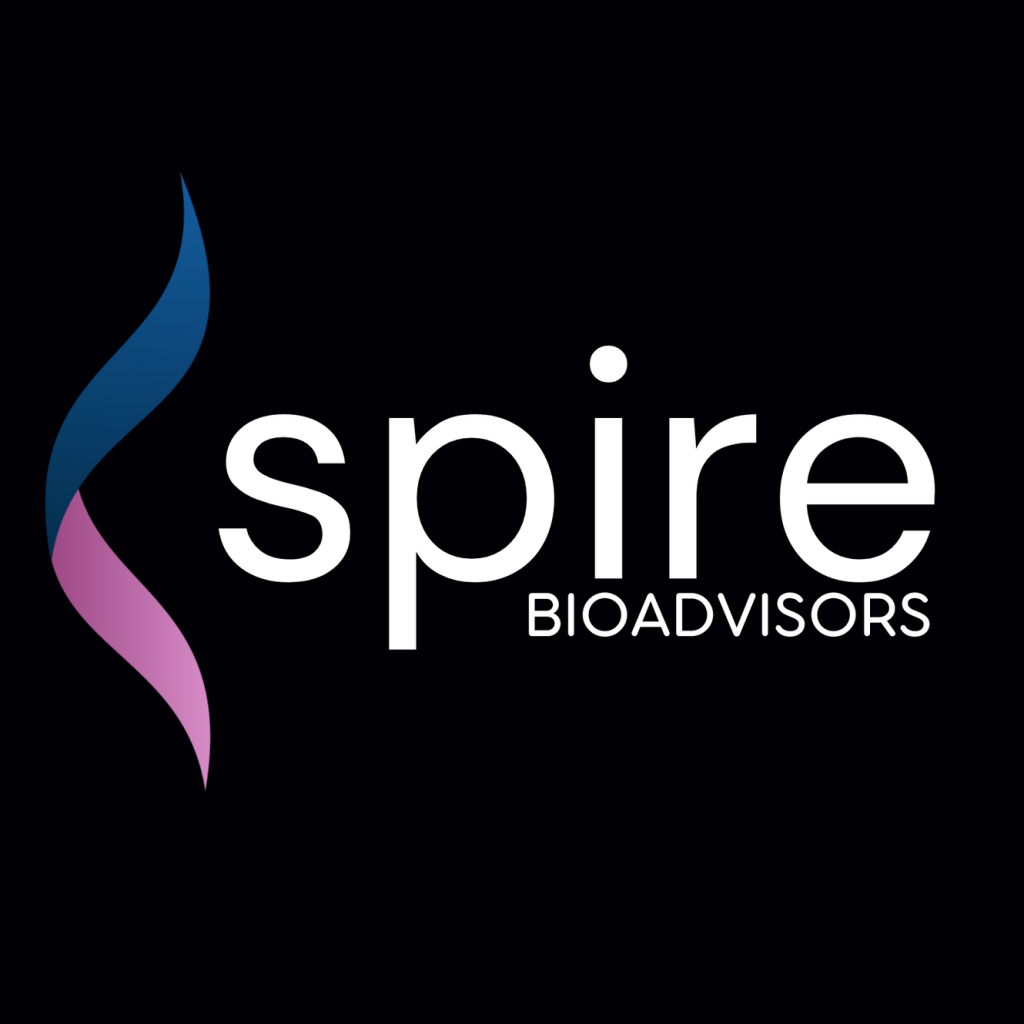Competitive intelligence (CI) is a critical component of market intelligence, including market segmentation, opportunity, penetration, and more. In the pharmaceutical industry and other dynamic, capital intensive industries, staying up to date on relevant competitors and market actions is critical. This paper covers some of inThought’s best practices in pharma competitive intelligence.
inThought provides comprehensive pharmaceutical competitive intelligence services with the unique market acuity needed to support your firm’s most important business decisions.
Set Up Daily Monitoring for News and Insight
In today’s connected world, it easy to find the information you require for competitive intelligence. The challenge is often in how to store, organize, disseminate, and analyze that data so you can translate it into actionable knowledge for strategic decisions. Here are some tips to help you get the most out of your monitoring efforts:
Define Your Market Basket
Pharma competitive intelligence needs to start with a well-defined approach. Determine your specific market segment: is it a broad therapeutic area, a niche indication/disease, or a specific molecule type, etc.
Driving value is key to profitability. If new technologies, assets, and treatment protocols have the potential to upend the market, you need to be aware of them. You should actively monitor key sources for information on patient needs and wants as well as ethical, clinical, HEOR (health economics and outcomes research), scientific, regulatory, and commercial information.
Gather Data Efficiently
Your CI plan needs to include how to collect the information required. Do not collect data simply because it “fits” keywords or sounds interesting: senior decision-makers and stakeholders need to vet and prioritize the most actionable information. A good practice is to start by setting your sights broadly. Consider monitoring the following:
- Therapeutic Area (TA) specific research
- Broad research trends
- Innovation trends
- Start-ups and current competitors
- Current standard of care
Focus on strategic intent, and try not to get stalled in tactical details. Only collect information that can be transformed into something actionable, ideally focusing on specific questions that key stakeholders need answering.
Set Up Appropriate Alerts
Use automation tools to pick up news and alerts in real-time or at regular intervals (i.e. daily or weekly), depending on the priority of the item. Be sure to follow different news streams (e.g., mobile health, , patient-care, innovation, and start-ups), which may alert to shifting trends earlier or offer different perspectives than core pharmaceutical channels.
To keep everyone aligned, establish a centralized portal for team members to contribute their findings and view the information of others.
Focus on Keywords and Sources
When setting up alerts, be sure to include specific searches for your therapeutic area (TA) as well as relevant subject matter experts (e.g., researchers, clinicians, investment analysts, etc.). Review your search terms and collection methods regularly to ensure they are still relevant to your goals and strategy.
Verify news sources, and identify the importance of the news and analyse how it will affect the industry. Disseminate the alert to the relevant stakeholders. On-demand access for executives is ideal.
Examples of pharmaceutical news analysis can be found in the inThought Research analysis feed.
Talk to Key Opinion Leaders
Another essential task of pharmaceutical competitive intelligence is to identify Key Opinion Leaders (KOLs) in specific industries, monitor their positions and activities, and build relationships with these leaders where possible. Include not only physician KOLs in your TA but also leaders in business, investment, patient advocacy groups, regulatory affairs, and government committees. Building relationships with key customers can be a great source of insight as well.
Attend Conferences
Identify the top conferences for each TA and plan attendance accordingly. Identify the key information from the conference as well as the format to be shared on the CI platform in a timely manner. During the meeting, have daily debriefs to discuss key data. Prior to the meeting, it is helpful to fill out slides with expected key abstract data to present during the debriefs. Monitoring Twitter for key conference data and reaction is also helpful. Create a post-conference report for reference after the meeting.
Monitor Changes in Clinical Trials
Subscribe to clinical trial update tracking or manually track clinical trial developments and outcomes research (HEOR). Be creative with topics related to each TA and monitor for unexpected results in non-relevant trials implicating each TA. Monitor FDA applications as well as those of other countries where pockets of research excellence in each TA has been identified.
Create & Maintain a Centralized Platform
Collection, storage, interpretation, and analysis of competitive intelligence must be accomplished in an organized manner and be searchable. Dissemination for strategic decision-making in a format that is actionable and understandable is critical as well.
Typical CI distributions include regular reports, ad-hoc reports, alerts, and warnings. Note, however, that the importance of CI may be missed if provided in isolated pockets. That’s why it’s so important to establish a centralized repository to provide an overall view while tracking trends and events.
Take Your CI to the Next Level with inThought Research
inThought Research has developed a customizable cloud-based knowledge management system, inVision, that offers clients a streamlined interface for their business intelligence. The platform allows our subject matter experts to rigorously collect, organize, track, and integrate information from multiple sources.
Contact us to learn more about our pharmaceutical competitive intelligence and consulting services.
